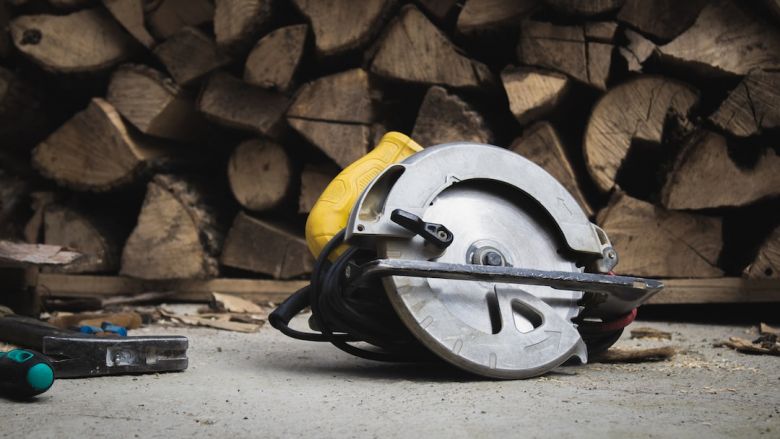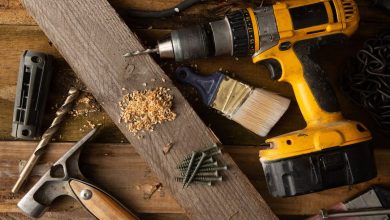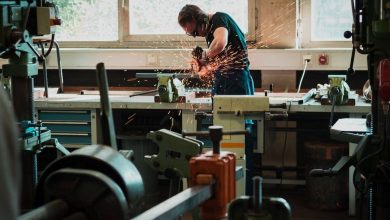Tips for Choosing the Right Circular Saw

When it comes to woodworking and DIY projects, a circular saw is an essential tool to have in your arsenal. Whether you are a professional or a hobbyist, investing in the right circular saw can make a world of difference in the quality of your work. With so many options available in the market, it can be overwhelming to choose the right one. In this article, we will provide you with some tips to help you make an informed decision and select the perfect circular saw for your needs.
Consider the Blade Size
One of the first things you need to consider when choosing a circular saw is the blade size. Circular saws typically come in various blade sizes, ranging from 6 ½ inches to 10 inches. The blade size determines the depth of cut the saw can achieve. If you primarily work on smaller projects, a saw with a smaller blade size would be sufficient. However, if you work on larger projects that require deeper cuts, a saw with a larger blade size would be more suitable.
Look at the Power Source
Circular saws are available in both corded and cordless models. Corded circular saws are powered by electricity and require a power outlet, while cordless saws are powered by batteries, offering greater mobility. The choice between the two depends on your specific needs and preferences. Corded saws generally provide more power and are ideal for heavy-duty applications, while cordless saws offer convenience and portability.
Consider the Saw’s Power
The power of a circular saw is measured in terms of its motor’s horsepower or amperage. A higher horsepower or amperage indicates a more powerful saw that can handle tougher materials and make cuts more efficiently. However, greater power also means a heavier and bulkier saw. It is important to strike a balance between power and maneuverability based on the type of projects you will be undertaking.
Evaluate the Saw’s Cutting Capacity
The cutting capacity of a circular saw refers to the maximum depth of cut it can achieve. Different saws have different cutting capacities, so it is essential to consider this factor when choosing a circular saw. If you frequently work with thicker materials, such as plywood or hardwood, a circular saw with a larger cutting capacity would be more suitable. On the other hand, if you primarily work with thinner materials, a saw with a smaller cutting capacity would suffice.
Check for Safety Features
Safety should always be a top priority when using power tools, and circular saws are no exception. Look for saws that come with safety features such as blade guards, electric brakes, and anti-kickback mechanisms. These features help prevent accidents and protect you from potential injuries. Additionally, ergonomic handles and comfortable grips also contribute to safe and comfortable operation.
Consider the Brand and Price
Lastly, it is important to consider the brand and price of the circular saw you are planning to purchase. Opt for reputable brands that are known for their quality and durability. While it can be tempting to go for the cheapest option available, investing in a high-quality saw will save you money in the long run. Compare prices and features to ensure you are getting the best value for your money.
In conclusion, choosing the right circular saw involves considering factors such as blade size, power source, power, cutting capacity, safety features, brand, and price. By taking these tips into account, you can make an informed decision and select a circular saw that meets your specific needs and requirements. Remember, a good circular saw is an investment that will greatly enhance your woodworking and DIY projects. So, choose wisely and happy sawing!




